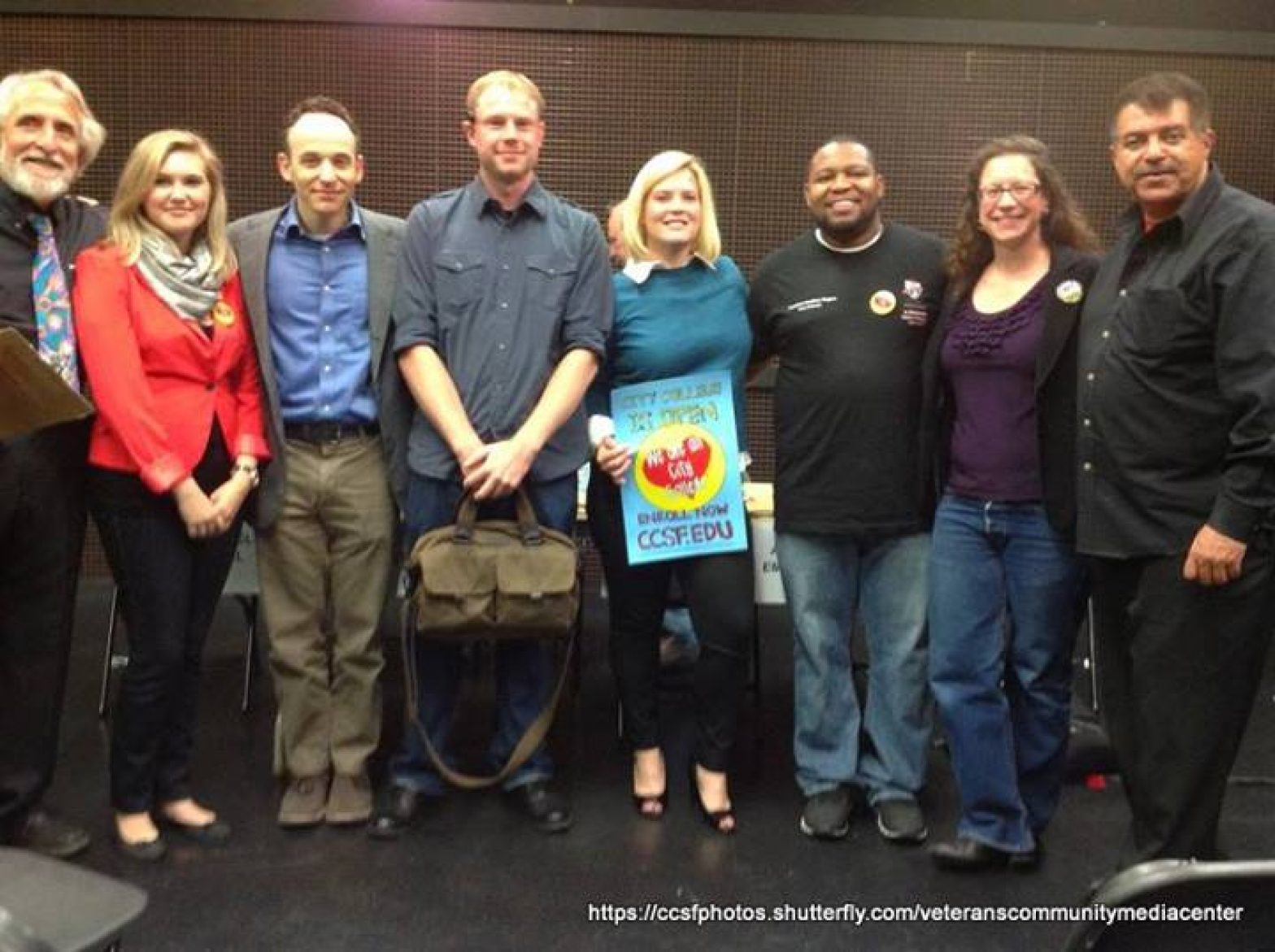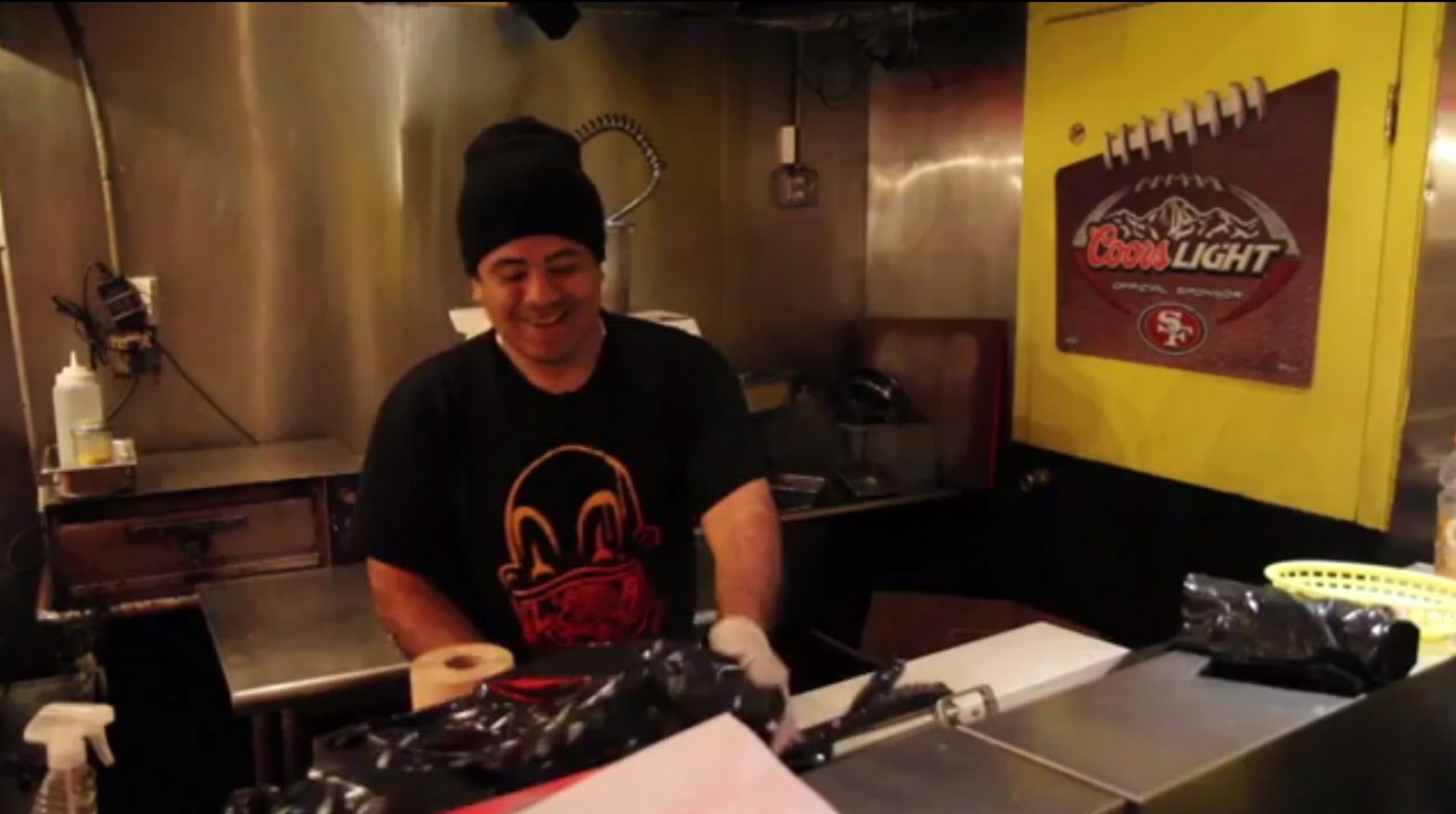News
Lawsuit Alleges Mistreatment of California Minors With Mental Health Problems
By Susan Ferriss, Center for Public Integrity
Minors with mental health problems and other disabilities are held in “unconscionable conditions” of 23-hour solitary confinement and deliberately cut off from education and other rehabilitation at a San Francisco Bay Area juvenile hall, alleges a lawsuit filed in federal court in Northern California. The class-action suit against Contra Costa County probation and county school officials accuses them of locking young wards in small cells for days at a time in response to behavior stemming from the children’s own disabilities — including bipolar disorder — and then illegally depriving them of education as part of a three-tier system of isolation. The two most severe tiers of isolation imposed on wards are called “risk” and “max,” requiring 23-hour confinement in cells, when “youth with disabilities are outright denied both general and special education entirely,” according to the suit. The first tier, called “program,” results in up to 22½ hours of solitary confinement, during which, the suit says, the county’s policies illegally permit probation (officials) to withhold education as a punishment or for no reason at all.”
Read the complete story at New America Media









